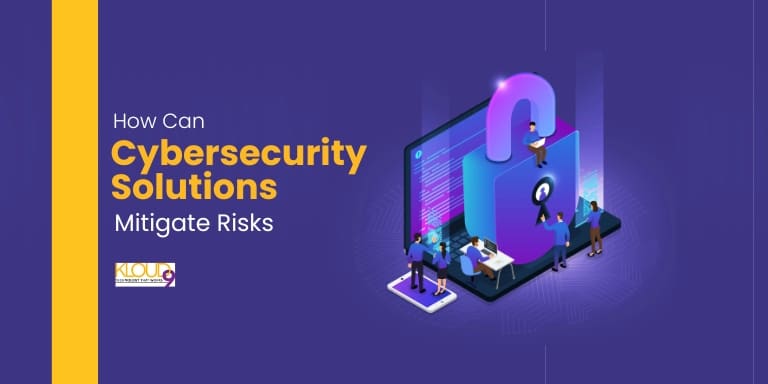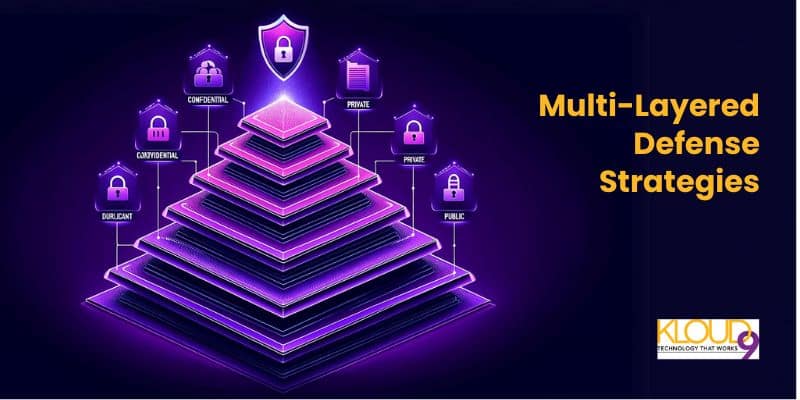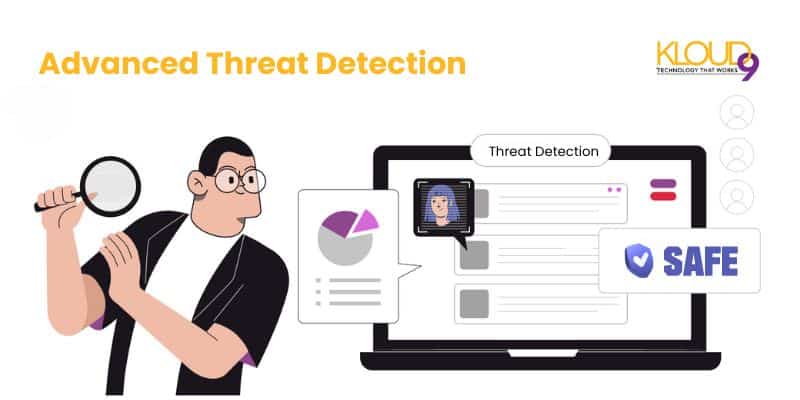In this digitally-driven landscape, the increasing frequency and sophistication of cyber threats pose significant challenges to organizations worldwide. From data breaches to ransomware attacks, the consequences of cyber attacks can be devastating, impacting financial stability, reputation, and customer trust. However, amidst these risks lie myriad cybersecurity solutions capable of mitigating threats and safeguarding organizations.
Understanding these solutions and their implementation is crucial for any entity seeking to fortify its defenses in the face of evolving cyber threats.
How Cybersecurity Solutions Mitigate Risks and Protect Organizations
1. Understanding the Cybersecurity Landscape
In today's interconnected digital world, cybersecurity threats pose significant risks to organizations of all sizes and industries. From data breaches to ransomware attacks, the consequences of cyber threats can be severe, ranging from financial losses to reputational damage.
To effectively safeguard your organization, it is crucial to understand the cybersecurity landscape and the evolving tactics employed by cybercriminals. This includes staying informed about emerging threats, understanding common attack vectors, and recognizing the importance of proactive defense measures.
2. Implementing Multi-Layered Defense Strategies
Implementing multi-layered defense strategies is one of the most effective approaches to mitigating cybersecurity risks. This involves deploying a combination
of security measures across various levels of your organization's IT infrastructure. For instance, a robust cybersecurity strategy may include network firewalls, intrusion detection systems, antivirus software, encryption protocols, and regular security audits. By adopting a multi-layered approach, organizations can create multiple barriers to deter cyber threats and minimize the likelihood of successful attacks.
3. Educating Employees on Cybersecurity Best Practices
Human error remains one of the leading causes of cybersecurity breaches. Therefore, educating employees on cybersecurity best practices is essential for enhancing an organization's security posture.
Employee training programs should cover topics such as recognizing phishing attempts, creating strong passwords, identifying suspicious activities, and adhering to company security policies. Additionally, fostering a culture of cybersecurity awareness can empower employees to play an active role in safeguarding sensitive data and systems.
4. Utilizing Advanced Threat Detection Technologies
As cyber threats become more sophisticated, organizations must leverage advanced threat detection technologies to detect and respond to threats in real-time. Machine learning algorithms, behavioral analytics, and artificial intelligence can help organizations identify anomalous patterns and potential security breaches before they escalate into major incidents.
By continuously monitoring network traffic and user behavior, these technologies enable proactive threat hunting and rapid incident response, thereby minimizing the impact of cyber attacks.
5. Regularly Updating and Patching Systems
Outdated software and unpatched systems are common entry points for cyber attackers. To mitigate this risk, organizations must prioritize regular updates and patch management across all IT assets.
This includes operating systems, applications, firmware, and security software. By promptly applying security patches and software updates, organizations can address known vulnerabilities and reduce the likelihood of exploitation by cybercriminals. Automated patch management tools can streamline this process and ensure that critical updates are deployed in a timely manner.
6. Establishing Incident Response Plans
Despite the best efforts to prevent cyberattacks, no organization is immune to security breaches. Therefore, it's essential to have robust incident response plans to mitigate the impact of security incidents when they occur effectively.
Incident response plans should outline clear procedures for detecting, containing, and remedying security breaches and protocols for communicating with stakeholders, regulatory bodies, and law enforcement agencies. Regular testing and simulation exercises ensure that all relevant personnel understand incident response plans effectively and well-understood.
7. Embracing Zero Trust Principles
Traditional perimeter-based security models are needed in today's dynamic threat landscape. As a result, organizations are increasingly adopting a zero-trust approach to cybersecurity. This model operates on the principle of "never trust, always verify," meaning that no user or device should be automatically trusted, even within the corporate network. Instead, access controls are enforced based on identity, device health, and other contextual factors. By implementing Zero Trust principles, organizations can minimize the risk of insider threats, lateral movement by attackers, and unauthorized access to sensitive data.
8. Enhancing Supply Chain Security
In an interconnected ecosystem, your organization's security is only as strong as the weakest link in your supply chain. Cybercriminals often target third-party vendors and suppliers as a means to gain access to their intended targets.
To mitigate supply chain risks, organizations should conduct thorough security assessments of third-party vendors, establish contractual agreements that include cybersecurity requirements, and regularly monitor the security posture of key partners. By taking a proactive approach to supply chain security, organizations can reduce the likelihood of supply chain attacks and protect critical assets from compromise.
9. Investing in Cybersecurity Talent and Resources
Building a strong cybersecurity posture requires the right technology and skilled professionals to manage and maintain it. Investing in cybersecurity talent and resources is crucial for organizations looking to mitigate risks and respond to security incidents effectively.
This includes hiring experienced cybersecurity professionals, providing ongoing training and development opportunities, and allocating adequate budget and resources to support cybersecurity initiatives. By building a capable and knowledgeable cybersecurity team, organizations can better detect, prevent, and respond to cyber threats.
10. Embracing Continuous Monitoring and Improvement
Cybersecurity is not a one-time effort but an ongoing process that requires continuous monitoring and improvement. Threats evolve rapidly, and new vulnerabilities emerge regularly, making organizations need to stay agile and adaptive in their security measures.
Implementing continuous monitoring solutions allows organizations to detect and respond to security incidents in real time while identifying areas for improvement and optimization. By regularly assessing and refining their cybersecurity defenses, organizations can stay ahead of emerging threats and maintain a strong security posture.
Conclusion
Cybersecurity is a critical imperative for organizations of all sizes and industries. By embracing a holistic approach to cybersecurity that encompasses technology, people, processes, and partnerships, organizations can effectively mitigate risks and safeguard their assets against cyber threats. From investing in cybersecurity talent and resources to embracing continuous monitoring and improvement, there are numerous strategies that organizations can adopt to strengthen their security posture and protect against evolving threats. By prioritizing cybersecurity as a strategic priority, organizations can build resilience, maintain trust, and thrive in an increasingly interconnected and digital world.





You must be logged in to post a comment.